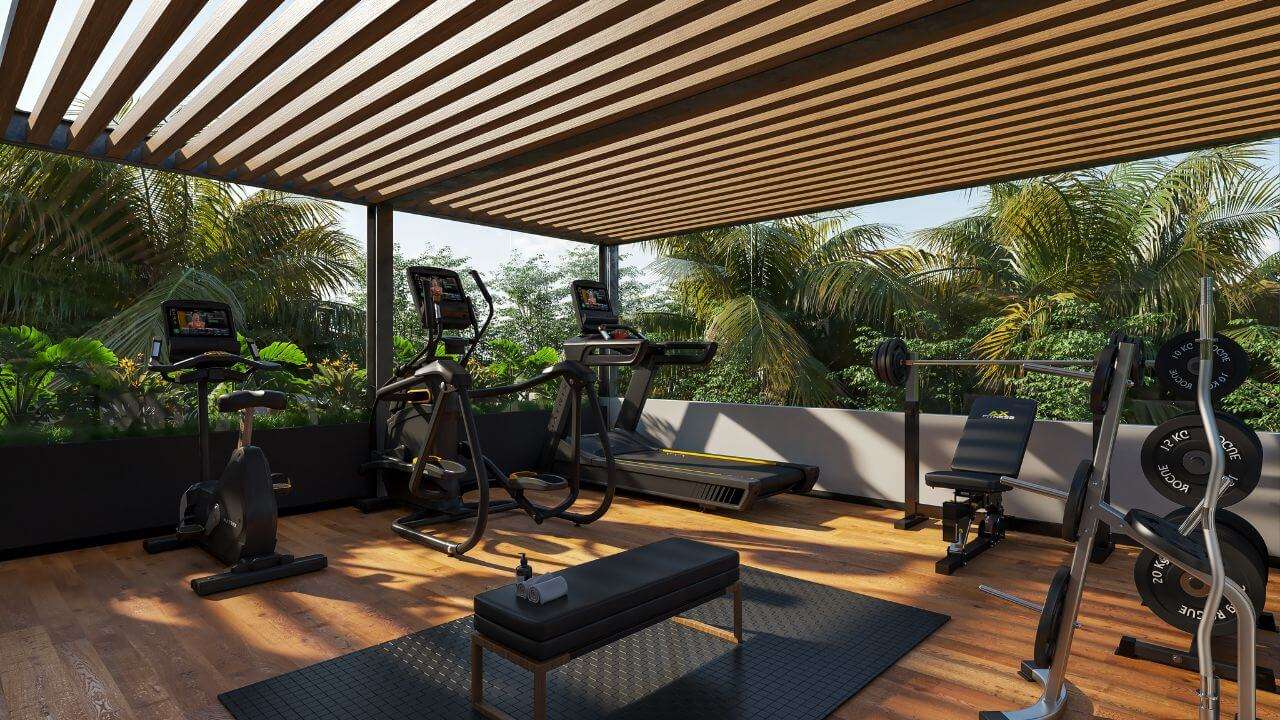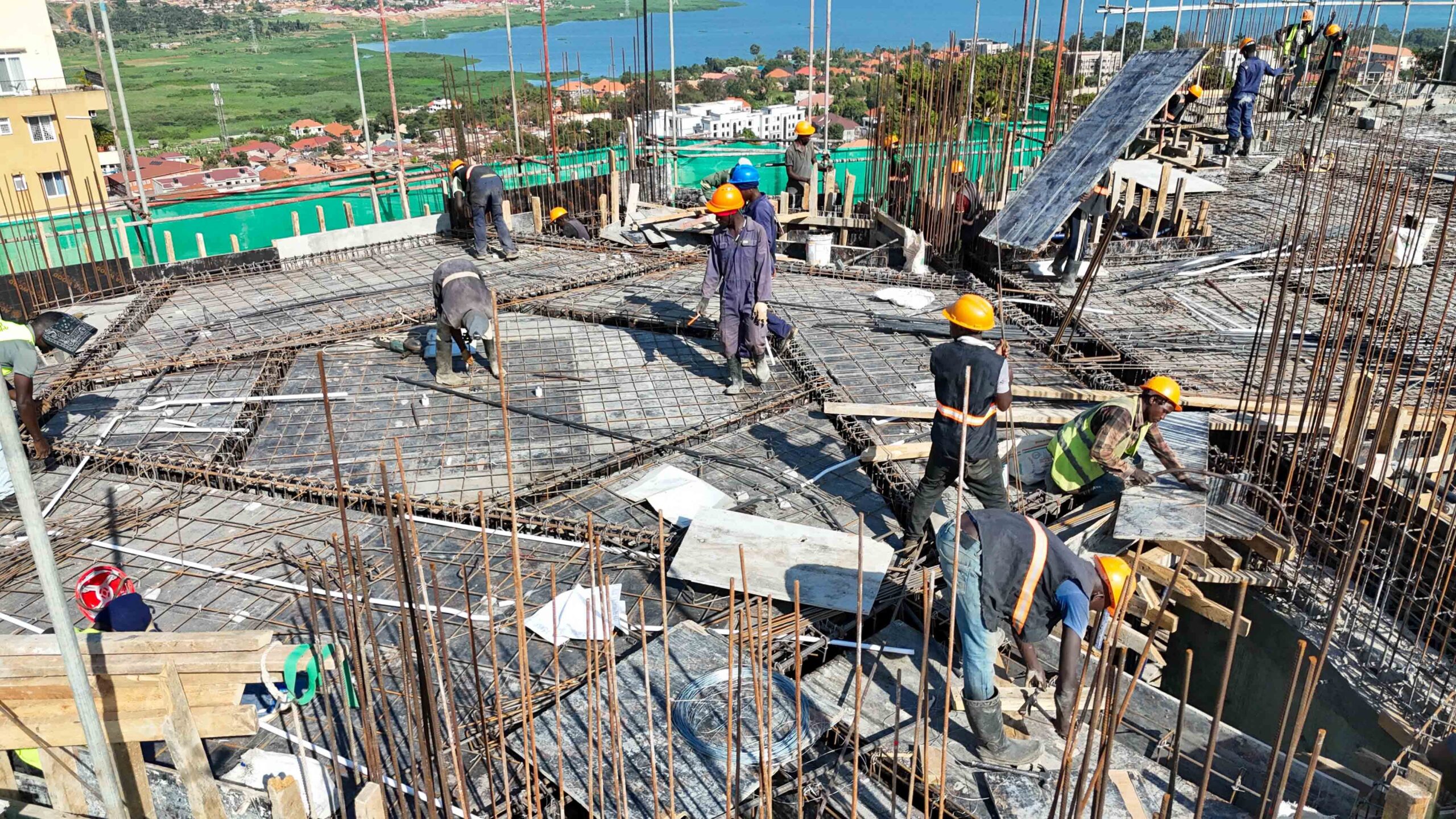Have you ever walked into a space and immediately felt calmer, more focused, or simply at ease?
That experience is not by chance. It’s the result of intentional design—what the world is now recognizing as healing architecture. As awareness grows around mental health and overall well-being, so too does our understanding of how deeply the built environment affects our minds and bodies.
What is Healing Architecture?
Healing architecture is an emerging design philosophy focused on promoting well-being through physical space. It’s about creating environments that don’t just meet functional needs, but also restore, rejuvenate, and support the people within them.
This approach is grounded in research from environmental psychology, neuroscience, and medicine—making it more than just a trend. It’s a movement toward building healthier, more human-centered environments.
Principles That Define Healing Architecture
1. Biophilic Design Humans have an innate connection to nature. Healing architecture incorporates this through natural materials, plant life, flowing water, and outdoor views—reducing stress and improving cognitive performance.
2. Natural Light and Ventilation Abundant daylight and fresh air are not just design features; they are essential to regulating our internal rhythms, improving mood, and supporting physical recovery. Healing spaces make the most of both.
3. Quiet and Sensory Comfort Noise levels, lighting quality, tactile textures, and even smells impact how people feel in a space. A healing environment uses thoughtful design to create calm, reduce overstimulation, and promote relaxation.
4. Social and Emotional Connectivity The layout of a space can encourage—or discourage—connection. Healing architecture fosters interaction through communal zones, open layouts, and spaces for reflection and conversation.
5. Cultural Sensitivity and Familiarity Spaces that reflect local traditions, materials, or architectural styles can increase comfort and emotional security, especially in healthcare settings or environments involving long-term stay.
More Than Hospitals: Where Healing Architecture Is Making a Difference
While this approach is essential in healthcare design, its benefits extend far beyond clinics and hospitals. We’re now seeing healing architecture applied in:
- Schools, to reduce anxiety and improve learning
- Offices, to minimize burnout and foster creativity
- Residential projects, to enhance everyday comfort and wellness
- Public spaces, to promote inclusion and community connection
Why Now?
We live in a time where stress, anxiety, and burnout are at all-time highs. Traditional approaches to health—while important—often overlook one of the most constant elements in our lives: our environment.
Designing for well-being is no longer optional. It’s a necessity.
Healing architecture contributes to:
- Reduced stress and anxiety
- Faster recovery rates
- Improved mental clarity and productivity
- A more compassionate and resilient society










